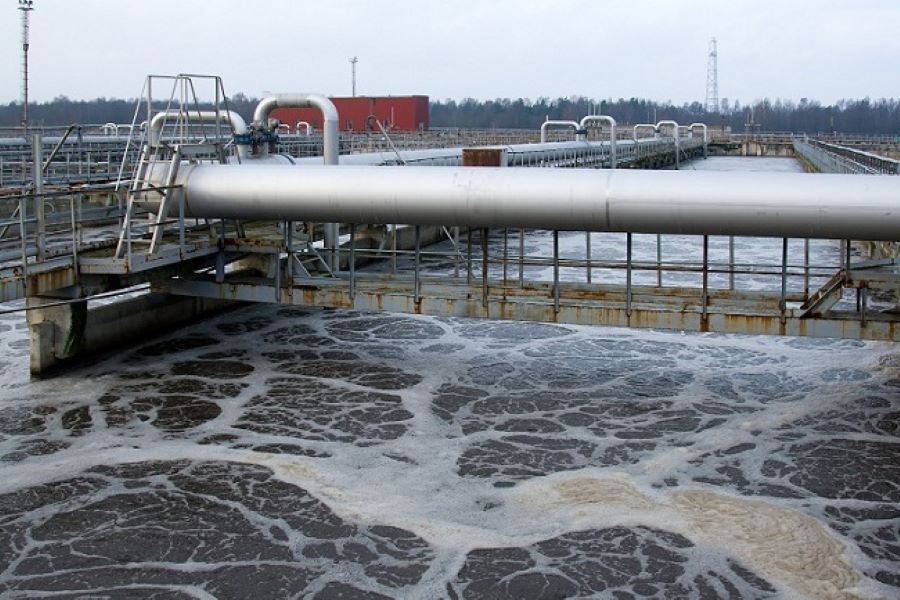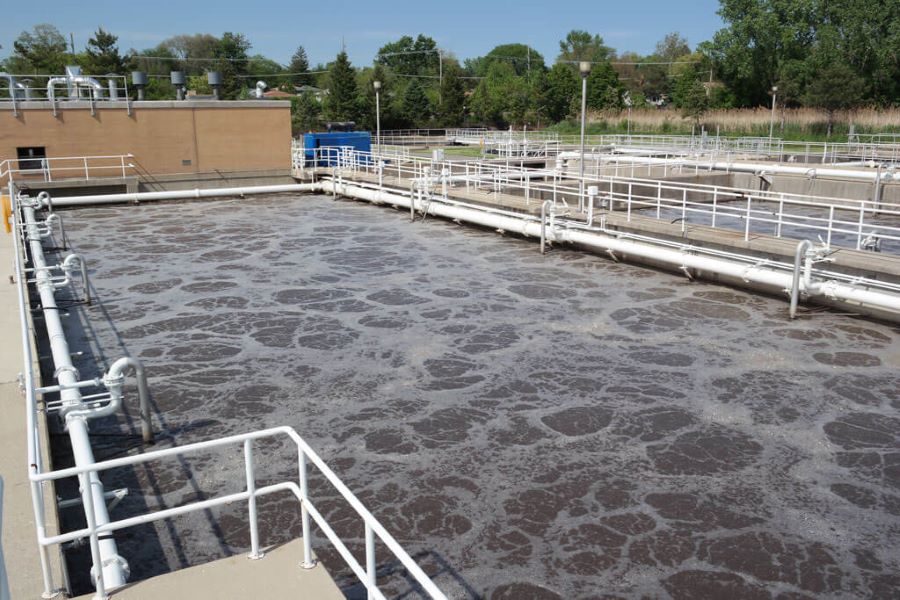Wastewater treatment is a critical issue as Vietnam continues its rapid industrialization and urbanization. Wastewater from industrial zones, urban areas, and various production activities are exerting significant pressure on the environment and public health. Although there have been considerable improvements in the implementation of wastewater treatment systems, numerous challenges remain.
1. Current Status of Wastewater Treatment in Vietnam
With the growing pace of industrialization and urbanization, Vietnam faces significant challenges in environmental protection, especially in wastewater treatment. Wastewater from industrial zones, export processing zones, and large cities has become a major contributor to environmental pollution, affecting the quality of life for residents.
Vietnam is committed to achieving the United Nations' sustainable development goals, with water resource and environmental protection being a top priority. In this context, Vietnam has made certain progress, with the percentage of industrial zones with wastewater treatment systems meeting environmental standards increasing sharply from 63% in 2015 to 92% in 2023. However, many issues remain unresolved and need to be thoroughly addressed.

Wastewater treatment plays a crucial role and requires urgent measures
2. Challenges in Wastewater Treatment in Vietnam
While the percentage of industrial zones with compliant wastewater treatment systems has risen, the actual effectiveness of treatment and adherence to standards are still limited. Many factories only perform preliminary wastewater treatment and discharge it directly into rivers like Tô Lịch, Nhuệ, and Đáy, leading to severe degradation of aquatic ecosystems and water quality.
Additionally, the lack of wastewater treatment infrastructure in some rapidly industrializing areas, such as Lào Cai and Thái Nguyên, has led to pollution in rivers and canals, significantly affecting community life and public health. Major cities like Hanoi and Ho Chi Minh City are particularly facing environmental pollution due to the rapid increase in both domestic and industrial wastewater, while their wastewater treatment infrastructure is insufficient to meet demand.
3. International Best Practices: Sustainable Wastewater Management Models
3.1 Denmark
Denmark is a leader in wastewater treatment and environmental protection. In 2022, 95.7% of the country's wastewater was treated using fully biological methods. This model shows Denmark's strong commitment to protecting water resources and the living environment of its citizens. A key success factor is the "polluter pays" policy, where businesses and industrial zones are taxed for discharging waste, creating incentives for companies to invest in modern wastewater treatment technologies while minimizing environmental pollution.
3.2 Germany
Germany is pioneering the integration of wastewater treatment with sustainable energy development. By using sludge from wastewater treatment processes, German plants apply anaerobic digestion technology to produce biogas, creating an energy source to power the treatment systems. This method allows many plants to meet 50-70% of their internal energy needs, reducing operating costs and dependence on national grid electricity. The "polluter pays" policy also encourages businesses to take responsibility for wastewater treatment, contributing to a circular and sustainable economy.
3.4 Japan
Japan has optimized wastewater treatment systems by combining advanced technologies with space-saving solutions suitable for densely populated urban areas. The Johkasou system effectively treats wastewater in households and small residential areas, reducing pressure on centralized treatment infrastructure. Moreover, the Membrane Bioreactor (MBR) technology enhances post-treatment water quality, effectively removing contaminants and bacteria without requiring large spaces. This technology allows treated wastewater to meet high standards, enabling its reuse in agriculture, industrial cooling, or even supplementing domestic water supplies.
4. Solutions and Recommendations for Vietnam
Vietnam can learn from the models in Denmark, Germany, and Japan to improve wastewater treatment:
-
Improve wastewater treatment infrastructure: Strong investments in centralized wastewater treatment systems for industrial zones and large cities are needed. Centralization will reduce operational costs, increase treatment efficiency, and facilitate the adoption of advanced technologies.
-
Encourage investment in modern wastewater treatment technologies: Accelerating the application of technologies such as biological treatment, membrane filtration, and wastewater reuse. These technologies not only improve wastewater quality but also reduce environmental impact.
-
Develop a strong legal framework and monitoring system: Vietnam needs to establish clear regulations regarding wastewater quality and ensure strict monitoring of compliance.
Encouraging investment in modern wastewater treatment technology for businesses is crucial
5. Key Issues to Address for Sustainable Goals
To implement the above solutions, Vietnam needs to address several key issues:
-
Coordination between government agencies and communities: Full cooperation from both the government and communities is essential for effective environmental protection policies.
-
Enhance public education and awareness: Only with proper awareness can environmental protection policies be truly effective.
Improving wastewater treatment systems is a vital part of Vietnam's environmental protection and sustainable development strategy. By learning from advanced countries like Denmark, Germany, and Japan, and applying suitable solutions, Vietnam can build an efficient wastewater treatment system, protect water resources, and improve the quality of life for its people. Immediate action is necessary to safeguard the environment for a green and sustainable future.

